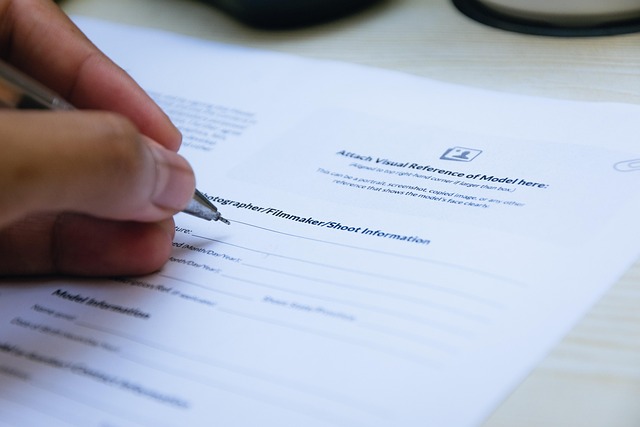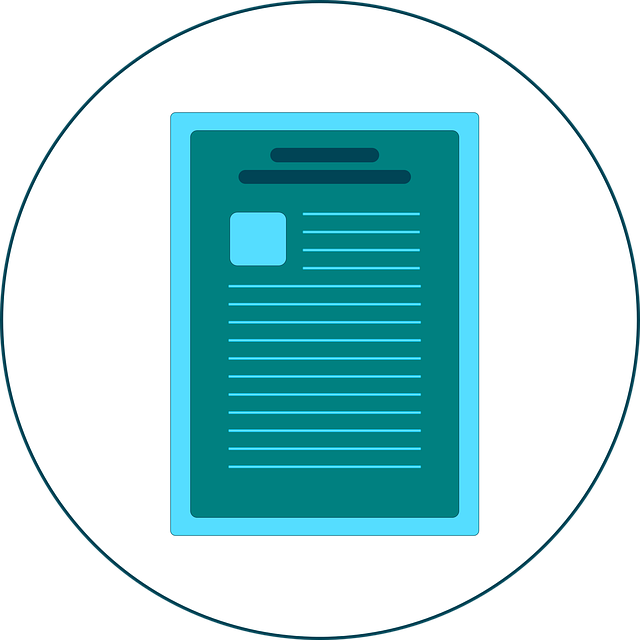Students must carefully understand rental contract terms regarding lease duration (short-term or long-term), rent structure, payment schedules, security deposits, utility responsibilities, subletting/assigning leases, and dispute resolution processes. Proficiency in these areas ensures informed decision-making, avoids penalties, fosters positive relationships with landlords, and promotes financial stability throughout their educational journey.
Understanding key lease terms is essential for students navigating their first apartment. This guide breaks down critical aspects of a rental contract, including duration, financial obligations, security deposits, utilities, subletting rules, and dispute resolution. By familiarizing yourself with these key elements, you’ll be better equipped to make informed decisions and ensure a smooth living experience. Key lease terms are the foundation for a harmonious landlord-tenant relationship.
- Duration of Lease: Understanding Start and End Dates
- Rent Amount and Payment Schedule: Financial Obligations Clarified
- Security Deposit: What It Covers and Return Conditions
- Utilities and Maintenance Responsibilities: Who Pays What?
- Subletting and Assigning the Lease: Rules and Restrictions
- Dispute Resolution: Steps to Take in Case of Disagreements
Duration of Lease: Understanding Start and End Dates
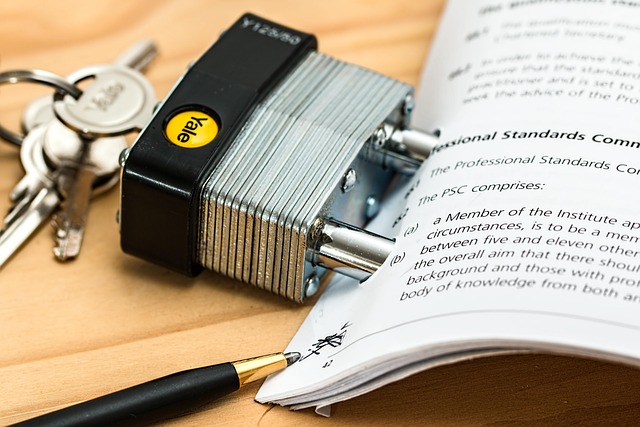
The duration of a lease is a fundamental aspect of any rental agreement, especially for students who may be relocating frequently. When signing a rental contract, it’s crucial to understand the start and end dates stipulated in the terms. These dates define not only when you can occupy the property but also when your tenancy will conclude. Leases often range from a few months to a year, or even longer in some cases. Knowing the lease period allows students to plan their stay, manage financial commitments, and avoid any unexpected penalties for early termination.
Each rental contract term should clearly state the beginning and end dates, ensuring there’s no ambiguity. Students must pay attention to these details as they may impact their housing options and overall experience. For instance, a lease with a specific start date might align with the academic semester, while an end date could be set to coincide with the summer break, offering flexibility for students’ varying needs during their educational journey.
Rent Amount and Payment Schedule: Financial Obligations Clarified

Rent, often a significant financial commitment for students, is a central aspect of any rental contract terms. It’s crucial to understand the rent amount and payment schedule before signing on the dotted line. This includes knowing whether the rent is a fixed rate or subject to change over time. Students should also be clear about when payments are due—whether monthly, bi-weekly, or weekly—and what methods of payment are accepted.
The rental contract terms should clearly outline any additional costs beyond the base rent, such as utilities, parking fees, or maintenance charges. Students need to know exactly what they’re responsible for to avoid unexpected financial burdens. Regular communication with the landlord regarding any changes in rent or payment schedules is essential to ensure students stay on top of their financial obligations and maintain a positive relationship with their landlord.
Security Deposit: What It Covers and Return Conditions

A security deposit is a crucial aspect of rental contract terms, serving as financial protection for landlords and a safeguard for tenants’ rights. When a tenant signs a lease agreement, they are typically required to pay a deposit, usually equal to one or two months’ rent. This deposit is not considered rent; rather, it acts as a form of assurance that the tenant will fulfill their obligations outlined in the contract.
The primary purpose of a security deposit is to cover potential damages beyond normal wear and tear. It can include repairs for holes in walls, stained carpets, or missing fixtures. Upon lease termination, if no damages are present and all rent payments have been made, the landlord is obligated to return the security deposit, less any deductions for legitimate repair costs. This process is a key protection for tenants, ensuring their funds are treated fairly and returned as promised under the rental contract terms.
Utilities and Maintenance Responsibilities: Who Pays What?

When it comes to understanding your lease, one crucial aspect is clarity on utilities and maintenance responsibilities. This often involves negotiating who is responsible for paying what during your tenancy. In many cases, basic utilities like water, electricity, and gas are the landlord’s responsibility, while tenants typically cover things like internet and cable TV. However, this can vary depending on the specific rental contract terms and local agreements.
It’s important to read over your lease carefully to determine these arrangements. Some contracts might specify individual utilities, while others could use broader categories. For instance, it might state that you’re responsible for “all electricity and internet expenses.” In such cases, make sure you have a clear understanding of what’s included in those categories and how bills are divided if there is more than one tenant. This proactive approach ensures everyone involved knows their financial obligations.
Subletting and Assigning the Lease: Rules and Restrictions
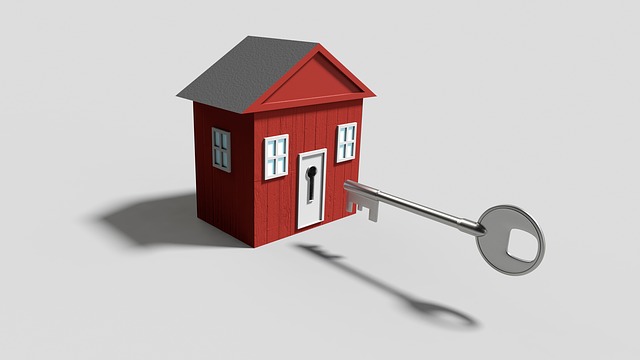
Subletting and assigning your lease are common scenarios for students, but they come with specific rules and restrictions outlined in the rental contract terms. Subletting involves allowing someone else to take over your lease for a portion of the term, which is often permitted with landlord approval. This process ensures that the original tenant remains accountable for the rent and any damages, even when someone else is living in the property.
Assigning the lease, on the other hand, means transferring the entire lease agreement to another party. This usually requires both the landlord’s consent and adherence to specific terms set forth in the rental contract. Understanding these nuances is essential for students looking to manage their housing situations effectively while adhering to the legal obligations outlined in their lease agreements.
Dispute Resolution: Steps to Take in Case of Disagreements
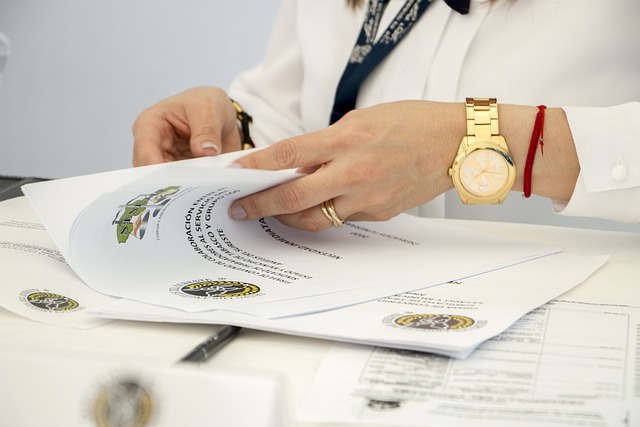
When disputes arise between tenants and landlords, knowing the steps for dispute resolution is crucial. The first course of action should always be open communication. Both parties should express their concerns and attempt to find a mutually agreeable solution. Referring to the rental contract terms can help clarify expectations and obligations during this process.
If initial discussions fail, the next step is to escalate the matter through a structured dispute resolution process outlined in the lease agreement. This may include mediation or arbitration clauses that provide alternative methods for resolving disagreements without going to court. It’s important to follow these procedures diligently as they can help streamline the conflict and potentially save time and resources for all involved.



